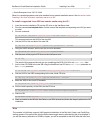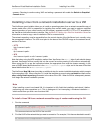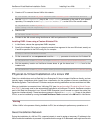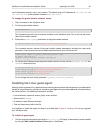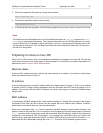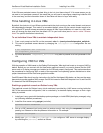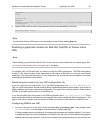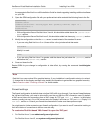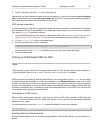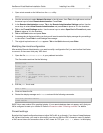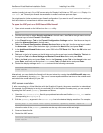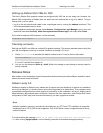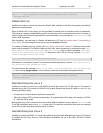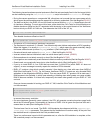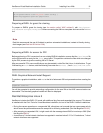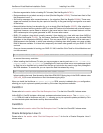
XenServer Virtual Machine Installation Guide Installing Linux VMs 25
2. Select “Customize” and add 5900 to the other ports list.
Alternatively, you can disable the firewall until the next reboot by running the command service iptables
stop, or permanently by running chkconfig iptables off. This can of course expose additional services to
the outside world and reduce the overall security of your VM.
VNC screen resolution
If, after connecting to a VM with the graphical console, the screen resolution is mismatched (for example,
the VM display is too big to comfortably fit in the Graphical Console pane), you can control it by setting the
VNC server geometry parameter as follows:
1. Open the GDM configuration file with your preferred text editor. See the section called “Determining the
location of your VNC configuration file” for information about determining the location of this file.
2. Find the [server-VNC] section you added above.
3. Edit the command line to read, for example:
command=/usr/bin/Xvnc -SecurityTypes None -geometry 800x600
where the value of the geometry parameter can be any valid screen width and height.
4. Save and close the file.
Setting up SLES-based VMs for VNC
Note
Before setting up your SUSE Linux Enterprise Server VMs for VNC, be sure that you have installed the
Linux guest agent. See the section called “Installing the Linux guest agent” for details.
SLES has support for enabling “Remote Administration” as a configuration option in YaST. You can select
to enable Remote Administration at install time, available on the Network Services screen of the SLES
installer. This allows you to connect an external VNC viewer to your guest to allow you to view the graphical
console; the methodology for using the SLES remote administration feature is slightly different than that
provided by XenCenter, but it is possible to modify the configuration files in your SUSE Linux VM such that
it is integrated with the graphical console feature.
Checking for a VNC server
Before making configuration changes, verify that you have a VNC server installed. SUSE ships the
tightvnc server by default; this is a suitable VNC server, but you can also use the standard RealVNC
distribution if you prefer.
You can check that you have the tightvnc software installed by running the command:
rpm -q tightvnc
Enabling Remote Administration
If Remote Administration was not enabled during installation of the SLES software, you can enable it as
follows:



